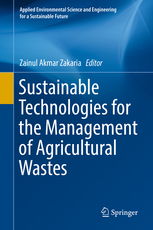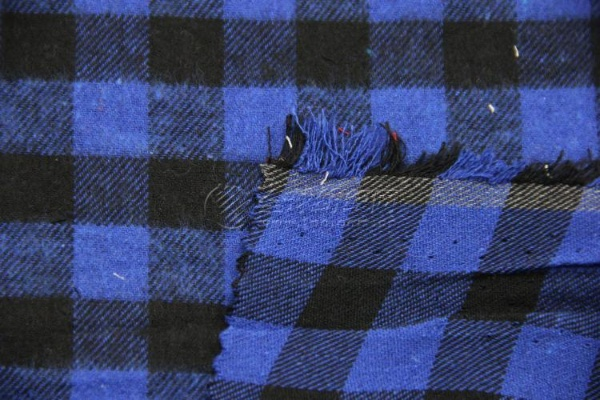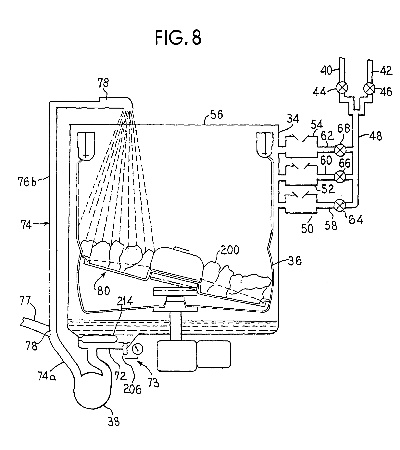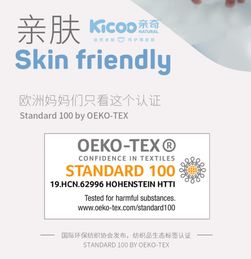Repurposing Waste:A Sustainable Approach to Upcycling Textiles
"Repurposing waste: a sustainable approach to upcycling textiles" explores the concept of reusing and recycling textiles, particularly in the context of textile waste. The article discusses how textiles can be transformed into new products or materials through innovative techniques that reduce waste and promote sustainability. It highlights the importance of upcycling textiles as a means of reducing textile waste while creating new products with added value. The article provides examples of successful upcycling projects and discusses the challenges and opportunities associated with this practice. Overall, the article advocates for the adoption of sustainable practices in textile production and consumption, emphasizing the potential of upcycling as a powerful tool for achieving environmental goals.
In today's world, where the demand for new textiles is ever-increasing and the production of waste textiles is on the rise, repurposing waste into something useful and sustainable becomes increasingly important. Textiles, once considered discarded materials, can now be transformed into innovative products that not only reduce waste but also create economic value. This essay will explore the concept of upcycling textiles, highlight some successful cases, and discuss the benefits of this approach.
Upcycling Textiles: The Concept
Upcycling involves transforming waste materials into new products or components, often with a focus on reducing waste and creating a circular economy. Textiles, in particular, have tremendous potential for upcycling due to their abundance and versatility. By repurposing these fabrics, we can turn them into new clothing, accessories, home decor, and even medical supplies.

Benefits of Upcycling Textiles
-
Reduced Waste: Upcycling reduces the amount of textile waste that ends up in landfills by converting it into new products.
-
Economic Benefits: By turning waste into valuable products, upcycling can generate revenue for businesses and individuals involved in the process.
-
Circular Economy: Upcycling supports the concept of a circular economy, which aims to minimize waste and promote resource efficiency.
-
Environmental Sustainability: By using upcycled textiles, we can reduce our reliance on raw materials and decrease greenhouse gas emissions associated with new textile production.
-
Empowerment: Upcycling can empower communities by providing job opportunities and income generation for those involved in the process.
Successful Case Studies
-
Swedish Knitted Clothes Company: Swedish knitting company Björn Borg developed a line of sustainable knitwear made from recycled polyester. These clothes are designed to last longer than traditional garments and are sold at a fraction of the cost. The company has successfully reduced its environmental footprint while generating significant revenue.
-
Textile Recyclers in India: In India, textile recycling is a thriving industry that turns used clothes into new products such as carpets, mats, and bags. This practice helps to reduce waste and conserve natural resources. The textile recyclers also provide employment opportunities for local communities.
-
Upcycled Home Decor: Many people turn old clothes into curtains, pillows, and other home decor items. This not only adds personality to their living spaces but also uses upcycled textiles that would otherwise end up in a landfill.
-
Medical Supplies: Medical equipment manufacturers use upcycled textiles to create scrubs, masks, and other protective gear. These materials are more durable and resistant to wear and tear compared to traditional materials.
Conclusion

The concept of upcycling textiles is not just a sustainable solution to waste management; it is also a way to create economic value, promote environmental sustainability, and empower communities. As more people become aware of the benefits of upcycling, we can expect to see an increase in demand for this innovative approach to textile waste management. Let's embrace the future of upcycling and make a positive impact on our planet today!
大家好,今天我们将探讨一个重要的话题——废旧纺织品的再处理,随着社会经济的发展,废旧纺织品的处理问题日益凸显,如何有效地利用这些资源,减少环境污染,实现资源的循环利用,是我们需要深入探讨的问题。
废旧纺织品的现状与挑战
废旧纺织品主要包括各种废旧衣物、布料等,由于长时间使用和废弃,这些纺织品往往存在严重的环境污染问题,它们中可能含有有害物质,如染料残留、重金属等,如果不妥善处理,将对环境造成严重危害,废旧纺织品的回收和再利用也面临着诸多挑战。
废旧纺织品的再处理策略
- 回收与再利用:通过建立完善的回收体系,对废旧纺织品进行分类回收,通过技术手段对废旧纺织品进行再生利用,如制作成再生纤维制品、再生布料等。
- 再生纤维制品的生产:在再生纤维制品的生产过程中,需要严格控制原料质量,采用环保工艺和技术,确保生产过程对环境的影响最小化,还需要注重产品的环保性能和可持续性。
- 案例分析:以某地区为例,该地区成功实施了废旧纺织品回收再利用项目,该项目通过建立完善的回收体系,回收了大量的废旧纺织品,经过再生纤维制品的生产过程,这些废旧纺织品得到了有效的再利用,不仅减少了环境污染,还实现了资源的循环利用。
废旧纺织品的处理实践
在处理废旧纺织品的过程中,我们可以采取多种实践方式,建立专门的回收站,对废旧纺织品进行集中回收;采用环保工艺和技术进行再生纤维制品的生产;还可以通过政策引导和宣传教育等方式,提高公众对废旧纺织品回收再利用的认识和参与度。
废旧纺织品的处理案例分析
以某地区为例,该地区成功实施了废旧纺织品回收再利用项目,该项目采用了先进的环保工艺和技术进行再生纤维制品的生产,在生产过程中,严格控制原料质量,采用环保材料和工艺,该项目还注重产品的环保性能和可持续性,确保产品符合国家和国际环保标准,该项目还得到了政府的大力支持和鼓励,为废旧纺织品的回收再利用提供了良好的环境和政策支持。
废旧纺织品的再处理是一个重要的环保问题,通过建立完善的回收体系、采用环保工艺和技术、提高公众参与度等方式,我们可以有效地处理废旧纺织品,实现资源的循环利用和环境的保护,政府也需要出台更加完善的政策和法规,为废旧纺织品的回收再利用提供更好的环境和政策支持。
Articles related to the knowledge points of this article:
The Story of Gold Dust Textiles at Dassong
The Journey of Ethical Textiles 法诗诺纺织品之旅
The Story of 百里纺织品 从传统工艺到现代品牌的发展



